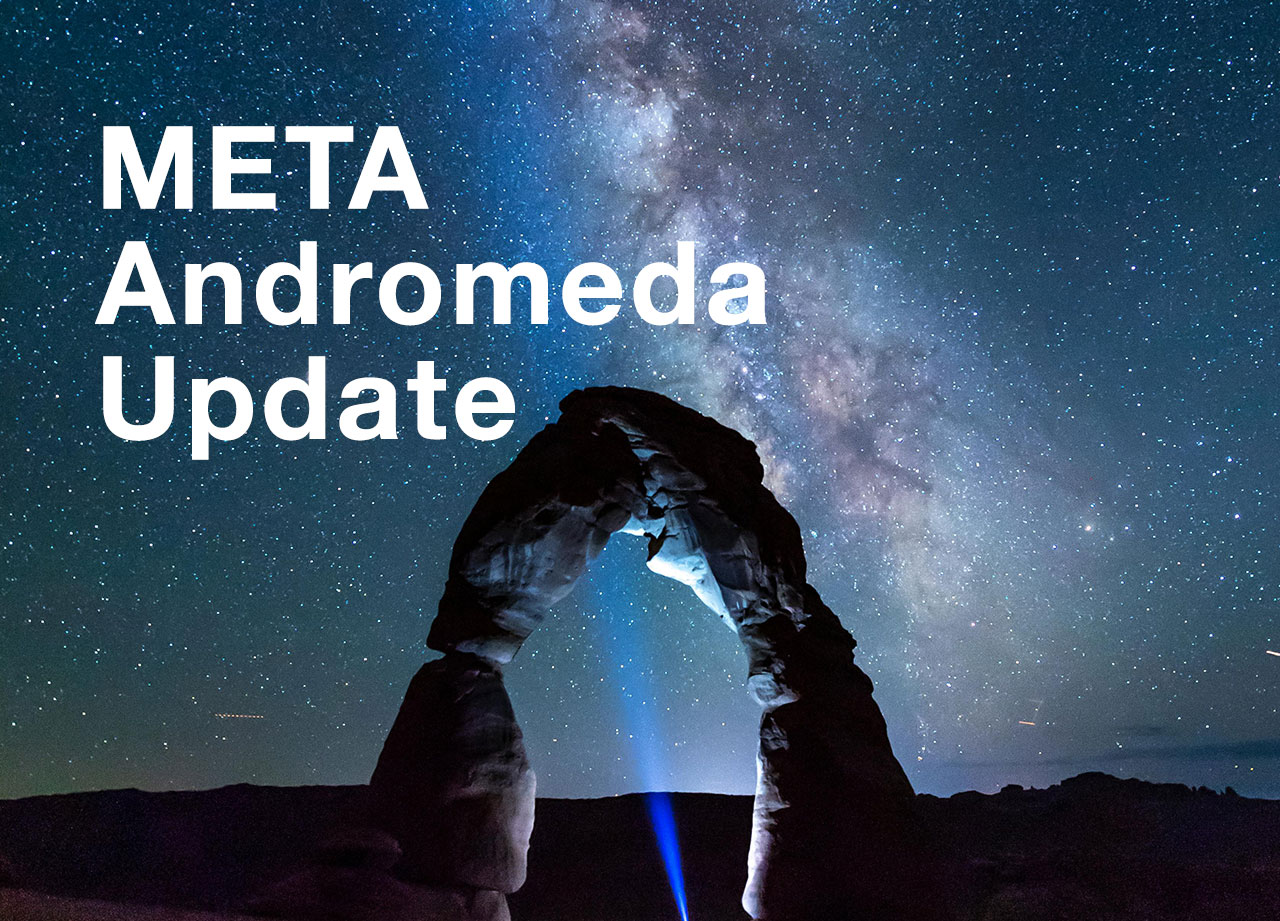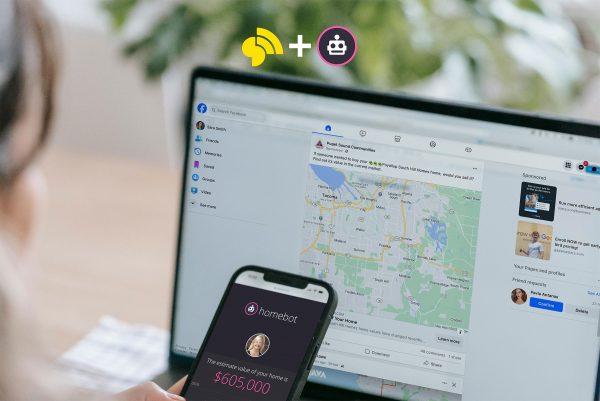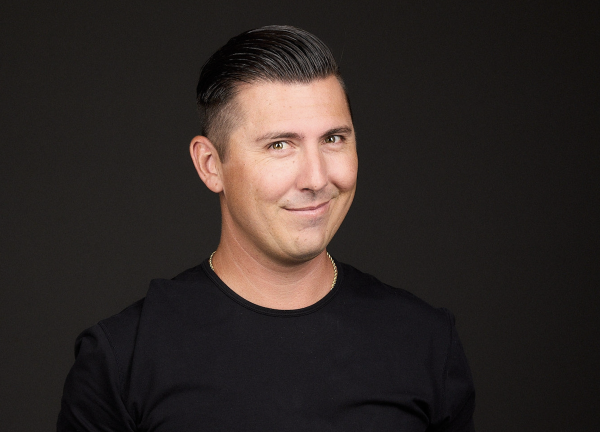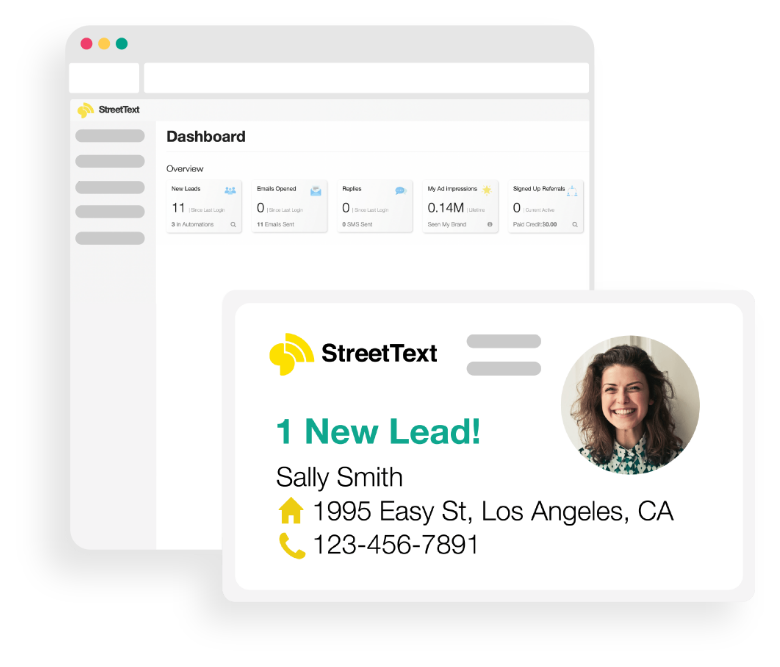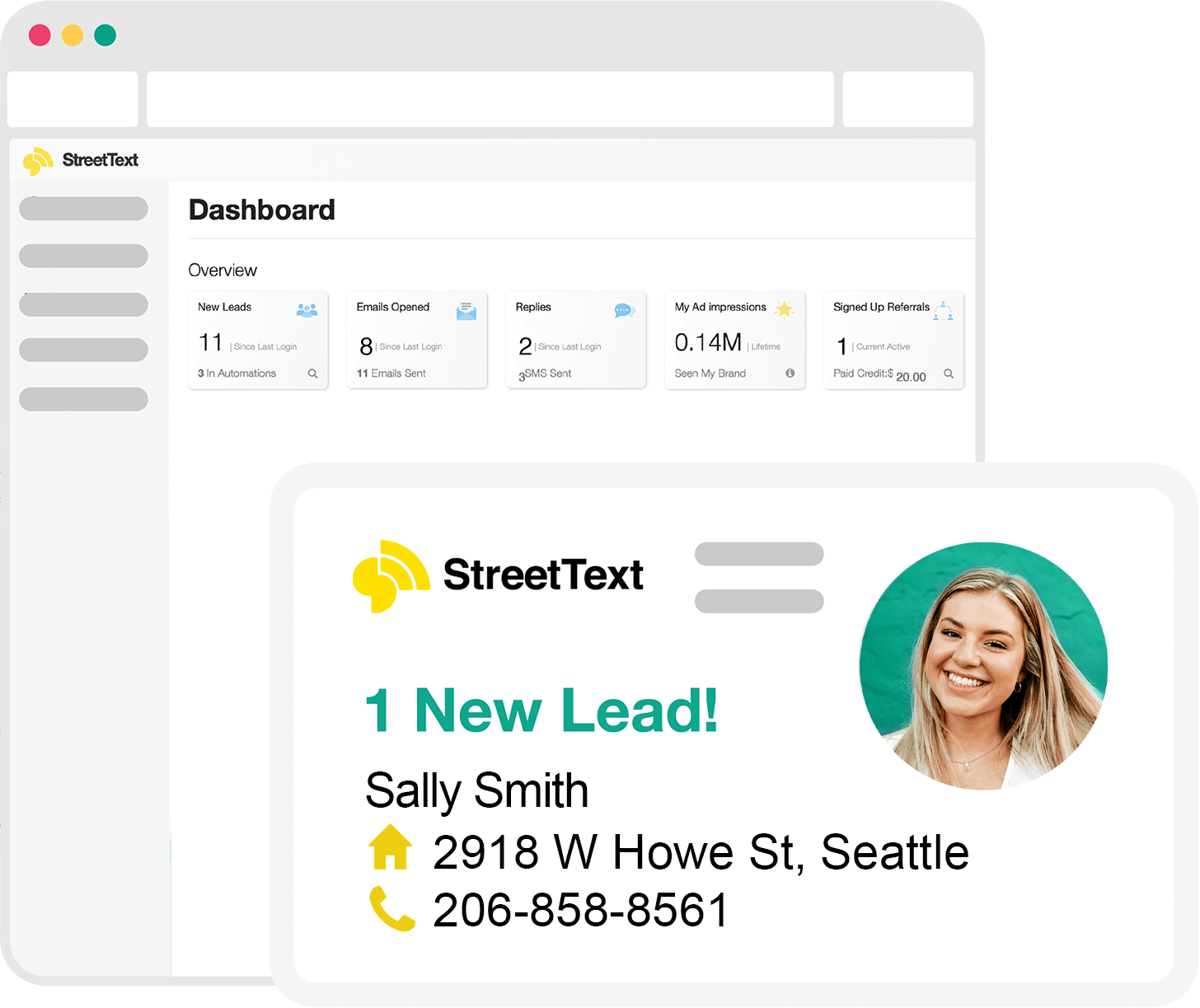Over the past year we’ve seen cost per lead AND appointment improving. And there’s two big reasons for this.
First, Meta is getting better at matching the right leads to the right ads. Second, our texting system is ensuring no inbound message is lost.
Better leads + Better replies = More Appointments
And a big part of this is Meta’s Andromeda update.
Last week I received an email asking about the Andromeda update. And what effect it has on your ads. It’s a good question and one that’s worth discussing.
Everyone is saying the Andromeda update is about to change everything. What most people don’t know is that Andromeda has actually been LIVE since November 2024! It’s already a year old. Crazy, right!
Let’s dive in.
If Andromeda is new to you, here’s what you need to know.
Meta was getting bogged down with the sheer number of ad creatives people were making. Their ad engine was too slow.
So they released an update to filter ads before they hit the auction. They called it Andromeda. Dun dun dunnnnn. 🦈 [See: Meta Andromeda]
Here’s how Andromeda works.
Meta now uses A.I. to model what users do before (and after) they click an ad. They combine this data with user’s interests to predict the very next action the user is likely to take. Crazy right. [See: Sequence Learning]
I’ll skip the boring technical details, just know it runs on super powerful MTIA and NVIDIA chips. [See: Technical Details]
Why does Sequence Learning improve lead quality?
There are many people who are click-happy and Meta knows about this problem. I’m sure you’ve experienced this: You’re running an ad and get a flood of new “leads” but they were all just people who love clicking things. It’s frustrating. Which is why we recommend killing ads quickly that get the wrong “click-happy” audience.
Sequence Learning is about anticipating the move. If a user just spent 20 minutes reading about “Capital Gains Tax on Property,” Andromeda knows their next logical step is “What is my home worth?” and it will proactively retrieve your valuation ad for them, even if they’ve never seen you before.
By using Sequence Learning, Meta is able to show ads to people who are actually taking action, not just clicking.
Here’s what it means for your ads.
Every ad is scanned for semantic meaning. Having 5 ad creatives worded differently, but with the same meaning, (aka offer) are all seen as identical by Andromeda.
To Andromeda, an image of a house with the text “Just Listed!” and a different image of the same house with the text “New on Market!” have the exact same semantic meaning. They are the same ad. Both aimed at people looking for new homes.
However, an ad with an image of the house talking about “Investment Potential” has a completely different meaning. To Meta it’s now an offer for investment buyers.
Variety isn’t about changing the wording or the image, it’s about changing the offer.
Let’s say Meta predicts that 1000 users are interested in buying a home and wants to show relevant ads to their feed. Rather than finding every ad that may be targeted to that user, instead Andromeda finds every ad with the semantic meaning: “Offer for someone interested in buying a home.” And then grabs only those before sending them to the auction.
So now the auction has fewer ads to filter through.
As a result, the user gets ads more relevant to their needs. The advertisers get better quality leads. Meta’s auction has less ads creatives to filter.
Everyone wins.
Wait… But here’s what every advertiser is getting wrong about the Andromeda update.
They think to get better results they have to create 50000 variations of the same ad. But all that does is make the auction work harder, and their ads perform WORSE. You read that right.
When you understand how it works, you realize you don’t need to create 50,000 angles on an ad. Because Meta sees the intention (meaning) of every ad angle as the same. This is how AI LLM’s work. They deconstruct language to meaning, and then reconstruct it from there.
Winning Ad Strategy (That just so happens to reduce creator fatigue).
So the secret is to stop splitting your budget across 50 versions of the same thing. This is what people are doing when their focus is on making more creative. They’re needlessly making work for themselves.
Based on what you now know, you may be ready to put all your budget behind your best ad. Because that’s the ad most likely to win the auction. As the additional ad creatives are only adding work for the algorithm to find your winning ad.
But remember, Meta is looking at the entire journey. So you need ads that match the different events in that journey.
For example. Let’s say there’s a person who is considering selling their home in the real estate market.
Their first question may be, is now the right time to sell?
Their next question, what did my neighbours home sell for?
Then, what is my home worth?
Next, What can I do to improve my value?
And so on, until they get to the question that matters most: Who can I talk to about selling my home?
If you had 5 ad creatives, in this case, one for each question in the journey, then you’re much more likely to have Meta select the right ad, for the right user, at the right millisecond.
Which brings us to the importance of “Signal Density”
Meta ads work best when the adset has lots of conversion event data. This is especially true for off-site data. Think Meta Pixel events. The modern web is more aggregated and segmented and as a result data is lost. So Meta needs way more pixel data that an ad click turned into a lead, than it did just a few years ago. Consistent ad conversion data = Signal Density.
So the key to winning ads is getting signal density early. (This is why we recommend audience split tests). And then leveraging that winning ad set for the future. You may be tempted to stuff all your ad creative angles into this winning adset, but that can be a mistake. Here’s why.
In practice, we see that if you dump 10 distinct angles into one ad set, Meta often gets “lazy.” It picks one winner in 24 hours and starves the rest, even if those other ads could have brought in leads at a lower cost. It’s called the Ad Starvation flaw. When ads are in the same adset Meta tends to allocate budget to one ad.
The reason is that Meta’s Ad Auction works on the “Estimated Action Rate.” It predicts the likelihood of a user taking action after seeing an ad [See: Meta Ad Auction]. The result: The Ranking logic gives 90% of the budget to the ad with the highest “Estimated Action Rate.” While another ad never get enough spend to prove it works, even though it was the perfect ad.
This is why the more adsets you have with signal density, the better. You can separate winning ads.
As you can organize your offers/angles across different winning adsets. If you have a “First Time Buyer” angle and an “Investor” angle, put them in different ad sets. They speak to different people.
And you’ll relax, knowing that your budget is going to the the ad creative that is actually resonating the best and getting the best performance.
The “Signal Density” Secret (Feed the winner)
If you have a winning adset, an ad can still fatigue. Here’s a secret to get a new ad with a similar angle to take off faster.
Let’s say you have a winning “Home Seller Value” ad set, don’t start a new adset to test a new home seller value ad angle (they’re both similar). Instead, drop the new ad in the existing winner adset to leverage the Signal Density. If the ad proves effective, you can turn off the old fatiguing ad. And voila, performance continues.
So in short.
Andromeda has already been out for a year.
It works by filtering the ads given to the ad auction.
The Myth: “Make more creative volume.”
The Reality: “Clarity of Offer” (Semantic Meaning/Sequence Learning).
The Execution: “Consolidate Budget” + “Leverage Signal Density” (Use winning ad sets).
Your best chance of winning that auction is by allocating your budget to your winning ad creatives that meet people at different stages of the marketing journey.
Sometimes it’s about working smarter, not harder.

